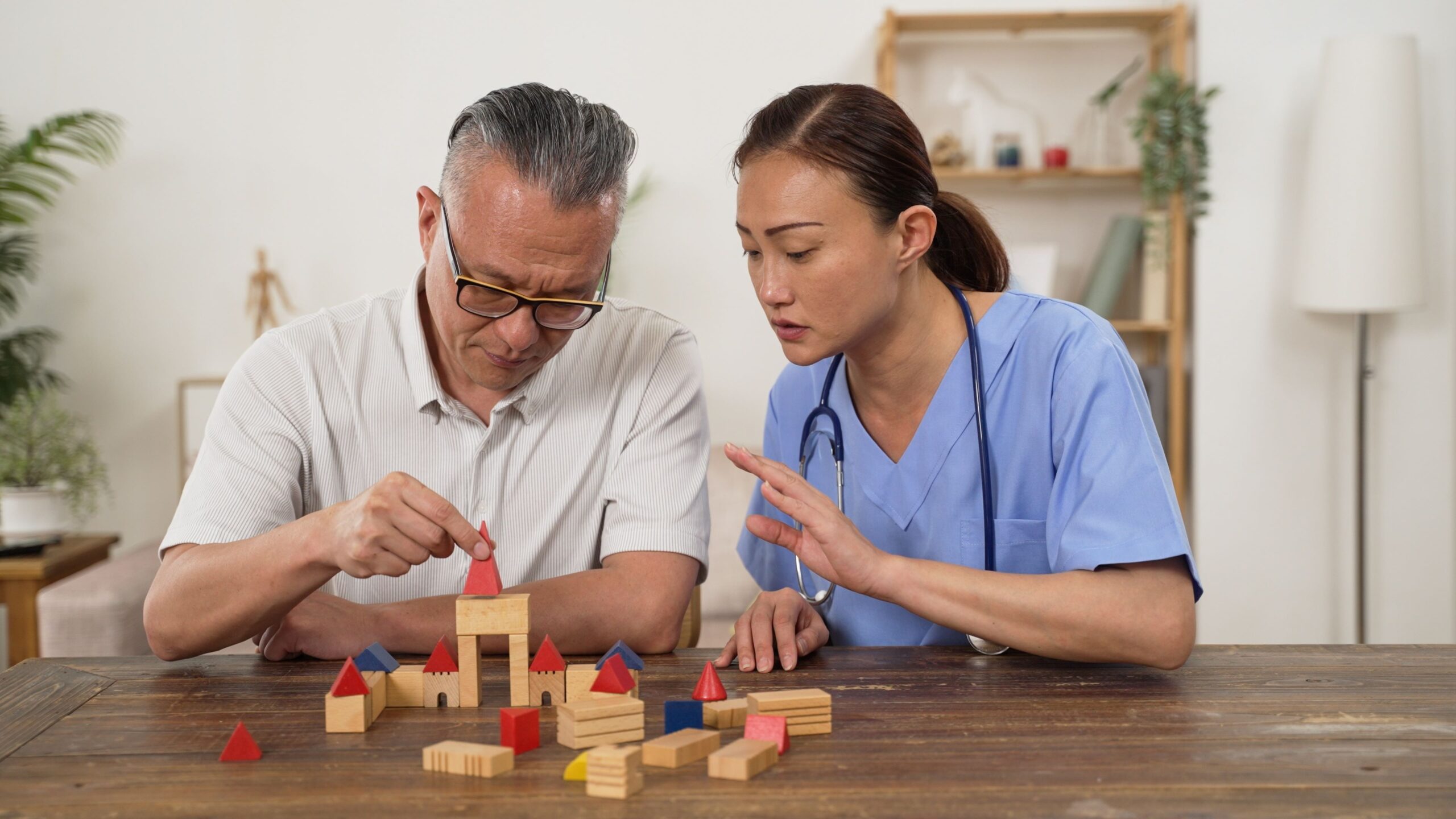
April is Parkinson’s Disease Awareness Month. Parkinson’s Disease is a progressive disorder that affects the nervous system. You might be surprised to know that there are nearly one million people in the U.S. living with Parkinson’s Disease today. Unfortunately, this number is expected to rise over the next ten years.
It is best to discuss treatment with your doctor and loved ones who understand your situation, but we wanted to share some integrative ways to manage and bring some relief to common symptoms of tremors, stiffness and challenges with balance and coordination.
First, a balanced diet is beneficial for overall well-being and managing symptoms of the disease. In the absence of certain nutrients that one might be getting, there are a variety of supplements that have been reported as helpful to the disease. Calcium is one, as there are many foods that contain calcium, but also have high levels of protein that may interfere with the absorption of medications. Other supplements include Vitamin C which helps with brain function, Vitamin E that improves cognitive performance, Vitamin D important for brain development, Vitamin K to allow ability to absorb Vitamin D, and Vitamin B helps with memory and coordination. Omega-3 Fatty Acids help to prevent inflammation. Whey protein increases levels of antioxidant glutathione. Coenzyme Q10 is important for brain function.
Exercise is another area one can focus on in managing symptoms. Yoga is a great choice for exercise. Physically, regular yoga practice is great for improving mobility, balance, strength, and flexibility. Mentally, it has shown to improve mood and even sleep.
Tai Chi is another great form of exercise to practice. Tai Chi practiced daily helps to promote the development of the neural pathways. It’s effects are improvements of one’s balance and coordination.
Massage therapy helps to relieve side effects of Parkinson’s. It mostly helps to reduce tremors, at least temporarily, which you can imagine can make a huge difference for anyone experiencing tremors on a regular basis.
Movement Therapies can help counteract the loss of balance that is experienced with Parkinson’s. Two methods used are the Alexander Technique and Feldenkrais Method. The Alexander Technique works on posture and balance and is intended to help you move in a more comfortable, relaxed way. The Feldenkrais Method retrains the body to do difficult movements. It is based on physics and biomechanics, and uses gentle movement to improve your flexibility and coordination. If you are not practicing these techniques, try dancing which is not only good for you physically, but can improve your mood as well. Strength training, like weight lifting can help as well.
Acupuncture, which involves insertion of very thin needles strategically placed in certain areas of your body, may compliment your treatment plan as well. It involves placing the needles at points along the body’s energy pathways to relieve pain.
We understand that Parkinson’s affects each individual differently and response to treatment is unique. We believe that the more information we can share about what has worked for those experiencing symptoms, the better you’re able to try different treatments and figure out what’s right for you.
References:
https://www.medicalnewstoday.com/articles/supplements-for-parkinsons
https://www.hopkinsmedicine.org/health/conditions-and-diseases/parkinsons-disease/6-medication-free-ways-to-feel-better-with-parkinsons-disease

